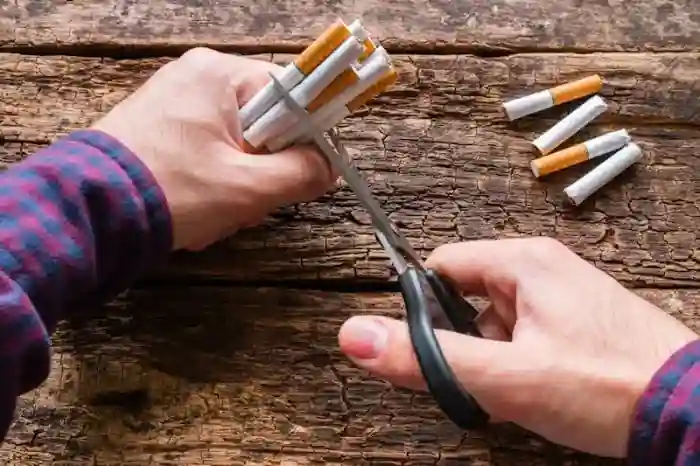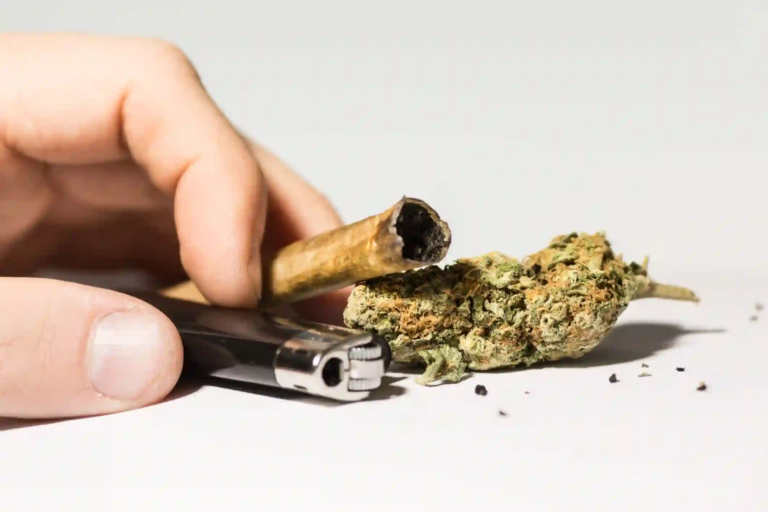
Smoking is one of the leading preventable causes of disease and death around the world. Despite widespread awareness of its dangers, millions of people still struggle with how to quit smoking, manage nicotine cravings, and escape the cycle of tobacco addiction. Whether you're using tobacco, vaping, or smoking e-cigarettes, this comprehensive guide is here to help.
Quitting may feel like a daunting challenge, but with the right cessation programs, resources, and determination, you can live a smoke-free life. In this guide, we’ll break down:
- The harmful effects of smoke
- How nicotine impacts your brain and body
- Common withdrawal symptoms and how to cope
- The best quit tobacco strategies
- Our proven methods at Extreme Anti-Smoking System
- And why quitting now is the best decision for your health and your future
We’ll also interlink to what happens when you quit smoking so you can visualize the changes you’ll experience as soon as you start.
Let’s dive into your quit journey.
Why People Who Smoke Struggle to Quit
People who smoke often want to stop, but find themselves trapped by the addictive nature of nicotine, powerful cravings, and the habits built around using tobacco products like smoking cigarettes, smokeless tobacco, or vaping.
Nicotine causes chemical changes in the brain, especially in areas involved in pleasure, motivation, and decision-making. When you stop smoking, the body goes through withdrawal—physically and emotionally—which makes it hard to stay quit without support.
Want to Quit? Understand Why You Started
Many smokers begin in social settings, due to peer pressure, stress, or curiosity. But over time, casual smoking becomes a physical and psychological dependency. To effectively quit smoking, understanding your triggers is essential.
Triggers and Plan
Triggers are situations, emotions, or habits that prompt you to smoke. Common triggers include:
- Drinking coffee or alcohol
- Stress or anxiety
- Being around other smokers
- After meals
- Driving
Identifying your triggers is the first step in building your quit plan.
Health Risks of Smoking and Vaping

Whether you’re smoking cigarettes, using e-cigarettes, or vaping, you're putting your health at serious risk. The consequences of tobacco use are severe and wide-ranging.
H3: Lung Disease, Cancer, and More
- Lung cancer is one of the most well-known outcomes of smoking.
- Heart disease, strokes, and lung disease (like COPD) are major killers.
- Vaping still exposes you to nicotine, carbon monoxide, and harmful chemicals, even if it's marketed as “safer.”
Smoking-Related Illnesses
Over 16 million Americans live with a smoking-related disease. Smoking harms nearly every organ in the body, reducing quality of life, lifespan, and increasing your health care costs.
Benefits of Quitting
Once you decide to quit, your body starts healing almost immediately.
Health Benefits of Quitting Smoking
- Within 20 minutes: Heart rate and blood pressure begin to drop.
- After 12 hours: Carbon monoxide levels in your bloodstream normalize.
- Within weeks: Lung function improves, and nicotine cravings become more manageable.
- Over time: Your risk of lung cancer, heart disease, and other tobacco-related conditions drops dramatically.
Want to know more? Check out our article on what happens when you quit smoking to see the full timeline.
Nicotine Cravings and Withdrawal Symptoms
Withdrawal and nicotine cravings are among the biggest hurdles for people trying to quit tobacco. Understanding these effects can prepare you for the journey ahead.
What Are Withdrawal Symptoms?
Symptoms may include:
- Irritability
- Anxiety
- Fatigue
- Insomnia
- Headaches
- Increased appetite
- Depression
These are signs that your body is healing. They typically peak in the first week and taper off in the following weeks.
Quit Day Make It Count
Setting a quit day is a vital part of your quit plan. Choose a day within the next two weeks and prepare by:
- Removing tobacco and e-cigarettes from your environment
- Notifying friends and family
- Preparing distractions like gum or a lozenge
- Practicing deep breathing or relaxation techniques
How Cessation Programs Can Help You Quit for Good
Cessation programs provide structured support. They include nicotine replacement therapy, counseling, and group support.
What Are Your Options?
- Nicotine patches, gum, and lozenges
- Sprays and inhalers
- Prescription medications like varenicline and bupropion (Wellbutrin)
- Behavioral therapy and quitlines
These tools help reduce nicotine cravings, manage withdrawal symptoms, and increase your chances of success.
Using Tobacco Alternatives Are They Safe?

Many people try vaping, e-cigarettes, or smokeless tobacco thinking they're safer. However, these still involve nicotine, which keeps you addicted and carries health risks.
Even "smokeless" or “low-nicotine” products can increase your risk of heart disease, lung disease, and addiction. The best choice is to eliminate tobacco products entirely.
Support to Help You Quit Smoking
You don't have to do it alone. Whether you're ready now or just want to stop smoking, these resources can support you:
Free Support from Smokefree.gov
Visi Smokefree.gov's blog for tips, quit stories, and practical advice backed by the National Cancer Institute.
Quitlines and Counseling
- Call 1-800-QUIT-NOW
- Access text messaging programs
- Find in-person counseling
These are proven to increase quit-smoking success rates.
What Makes Our System Different?
At Extreme Anti-Smoking System, we offer a unique, science-backed approach to tobacco cessation.
H3: How Our System Helps You Quit
- Psychological support to tackle cravings
- Techniques to manage triggers and plan routines
- Natural replacements for smoking habits
- Tools to navigate both emotional and physical withdrawal
We don’t just help you stop smoking—we help you stay quit for life.
Real People, Real Success: Someone Quit Because of Support
One of our clients said:
I had tried everything gum, patches, even hypnosis. This system helped me understand my emotional connection to smoking and finally gave me the strength to quit.
Someone quit, and so can you.
Tips to Stay Quit
Staying quit requires a long-term strategy. Keep your environment tobacco-free, avoid tobacco-related triggers, and reward yourself for milestones.
Instead of Smoking, Try This:
- Go for a walk
- Call a friend
- Use a lozenge or nicotine gum
- Practice deep breathing
- Write about your journey
Part of Quitting Smoking Is Self-Care
Celebrate progress. Each hour, day, and week without smoking is a huge victory.
Final Thoughts: Ready to Quit?
If you’re ready to quit, the time is now.
Quitting is not just about saying no to a cigarette it's about saying yes to your future, your health, and your life.
With the right support, tools, and mindset, you can overcome nicotine cravings, avoid relapse, and experience the full health benefits of quitting.






